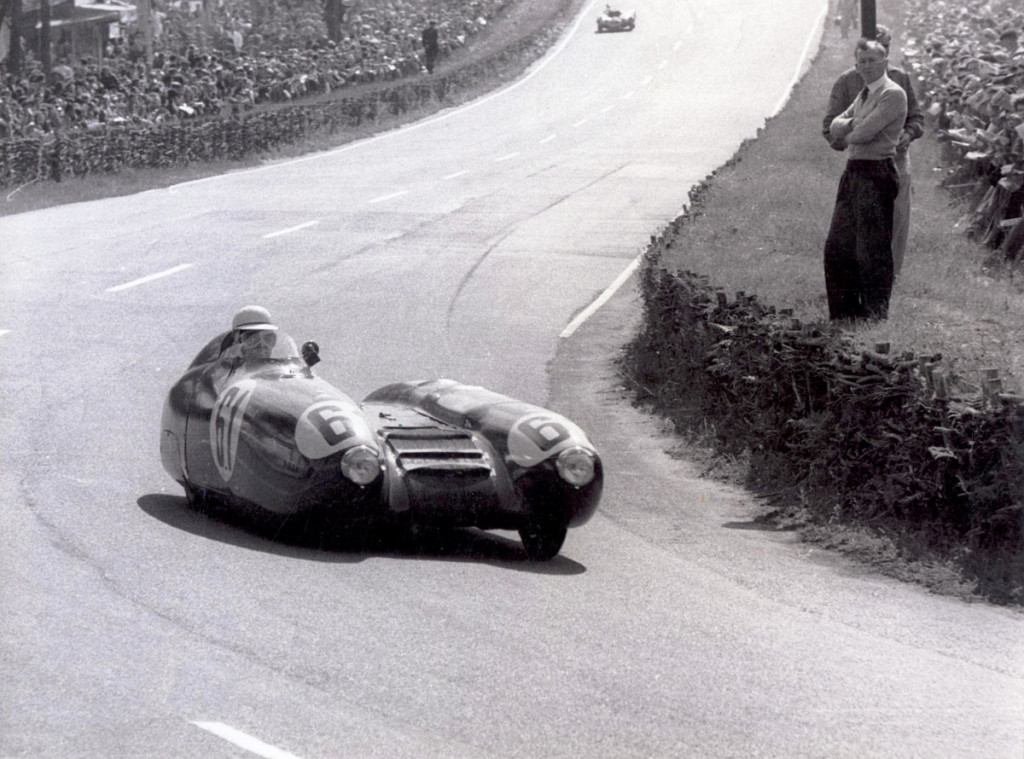The 100th edition of the Indy 500 is fast approaching, and two teams are already embroiled in some serious beef. In the events leading up to the big day, Chevrolet has dominated the last three, leaving no victories for Honda. To make it worse, Chevy swept the podium on the qualifying stage, and only two Honda drivers placed in the top 11. And with IndyCar’s biggest event knocking, the hopes that Honda will win it are nothing short of slim.
So what happened? It comes down to this: Honda is blaming the IndyCar establishment for giving Chevy an unfair advantage; Chevrolet is taking it in stride, arguing that Honda should have been better prepared. Since 2012, Chevy has won two Indy 500’s, and Honda has won the other two. The pair of manufacturers has always been competitive, but some recent events have taken their rivalry to new heights.
In 2015, the sport began to allow aerodynamic body kits. Eager to beat out the competition, Chevy jumped at the opportunity… but there was a problem. Several drivers went airborne during the Indy 500 practice runs, and the unofficial take was that Chevrolet’s design caused the malfunctions. What happened next is the crux of the rift. IndyCar changed the rules on pole day, allowing the Chevy cars to stay on the track. Honda saw the changes as being favorable only to Chevy; the organization bowed to the expectations of a manufacturer, not vice versa. What happened next was somewhat unpredictable in hindsight— Chevy grabbed the top four spots in last year’s Indy 500.
Michael Andretti, the owner of Team Honda, is voicing his disappointment because he feels that “two classes” of car are being allowed to compete. Not only that, but the gulf will also take away from the potential for an awesome show.
What do you think?

